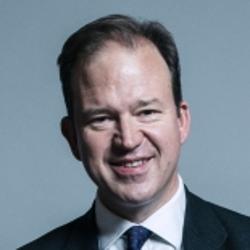Self-employment Income Support Scheme
(asked on 20th April 2020) - View SourceQuestion to the HM Treasury:
To ask the Chancellor of the Exchequer, what steps he is taking to ensure that self-employed people who have recently taken (a) maternity leave and (b) extended sick leave and make a claim for support through the Self-employment Income Support Scheme do not have their average earnings calculated in a way that will disadvantage their payment.
The new Self-Employment Income Support Scheme (SEISS) will help those with lost trading profits due to COVID-19. It means the UK will have one of the most generous self-employed COVID-19 support schemes in the world.
The new scheme will allow eligible individuals to claim a taxable grant worth 80% of their trading profits up to a maximum of £2,500 per month for 3 months. Self-employed individuals, including members of partnerships, are eligible if they have submitted their Income Tax Self Assessment tax return for the tax year 2018-19, continued to trade and have lost trading/partnership trading profits due to COVID-19.
Taking maternity leave, paternity leave, or sick leave does not mean that the trade has ceased and therefore should not affect a person’s eligibility for the SEISS as long as the individual intends to return to the trade after the period of leave.
To qualify for the SEISS, an individual’s self-employed trading profits must be less than £50,000, with more than half of their income from self-employment. Delivering a scheme for the self-employed is a very difficult operational challenge, particularly in the time available. There is no way for HM Revenue & Customs to know the reasons why an individual’s profits may have dropped in earlier years from Self Assessment returns.
However, to help those with volatile income in 2018-19 for whatever reason, an individual is eligible for the SEISS if their trading profits are no more than £50,000 and at least half of their total income, for either the tax year 2018-19 or the average of the tax years 2016-17, 2017-18, and 2018-19. If eligible, they will receive a taxable grant based on their average trading profit over the three tax years, including in years where their trading profits were less than half their total income.

